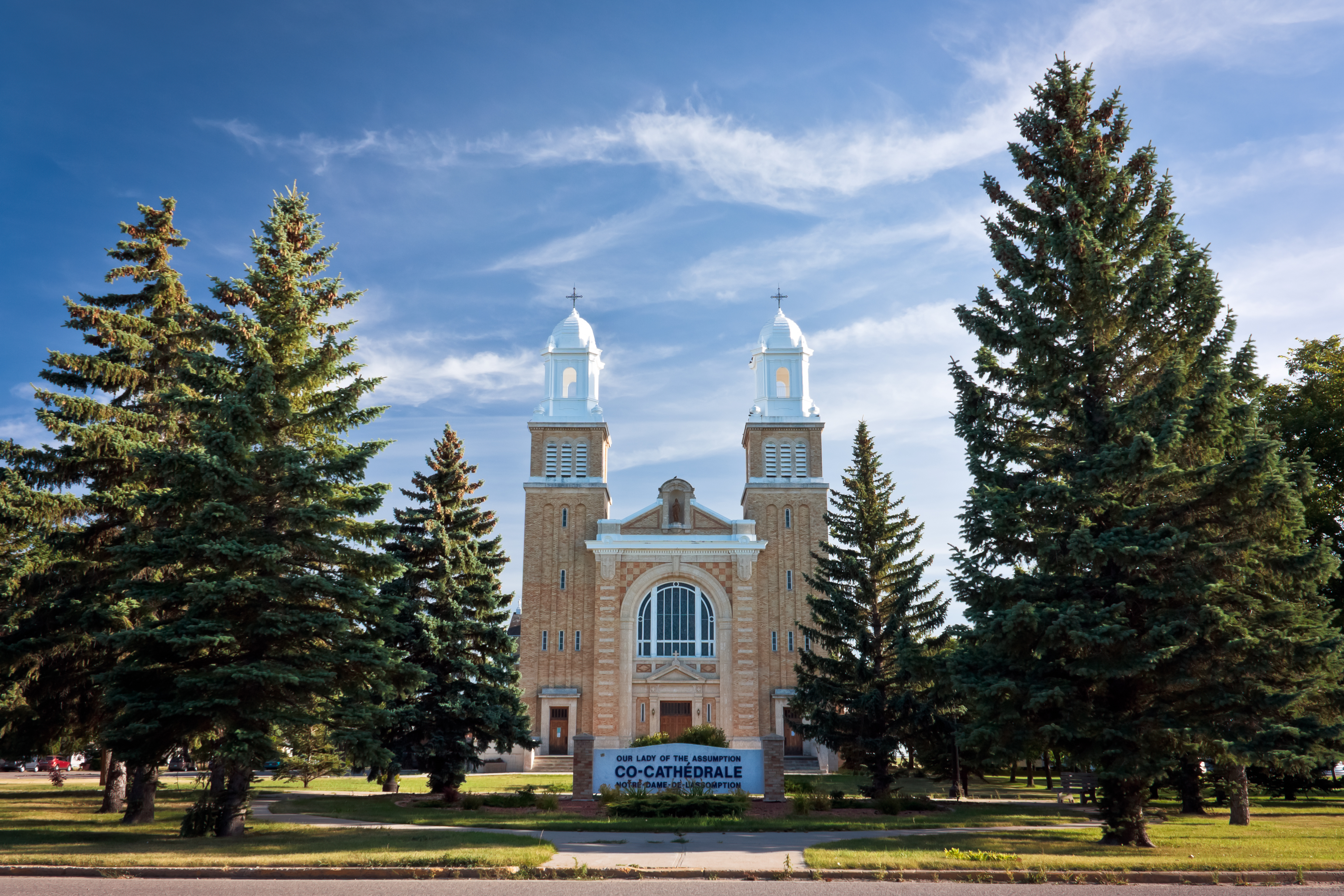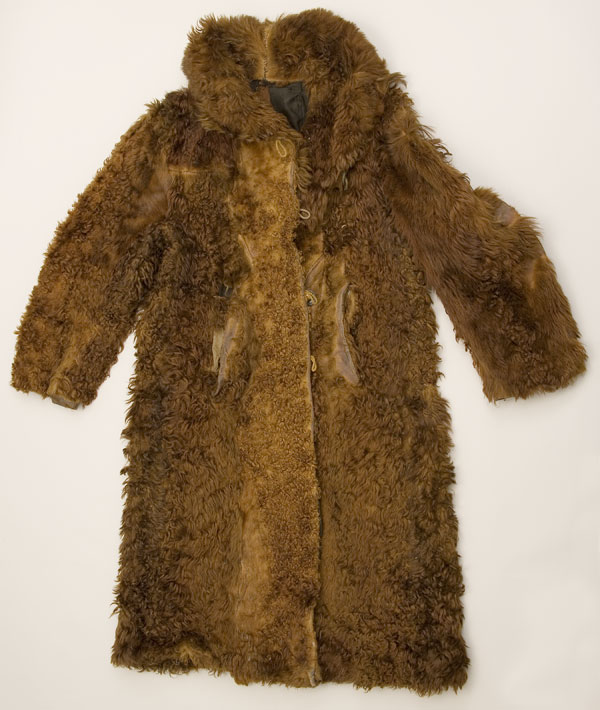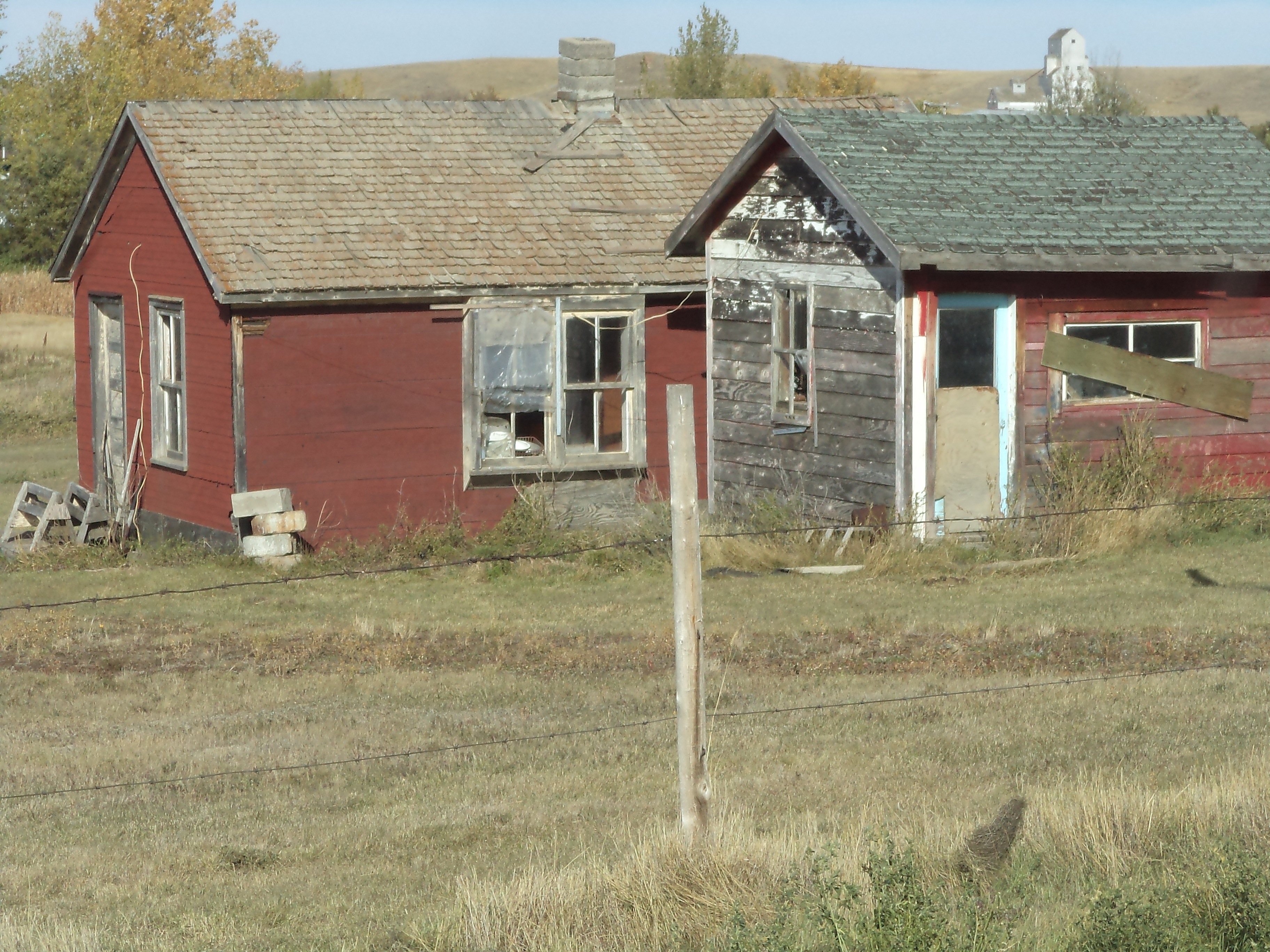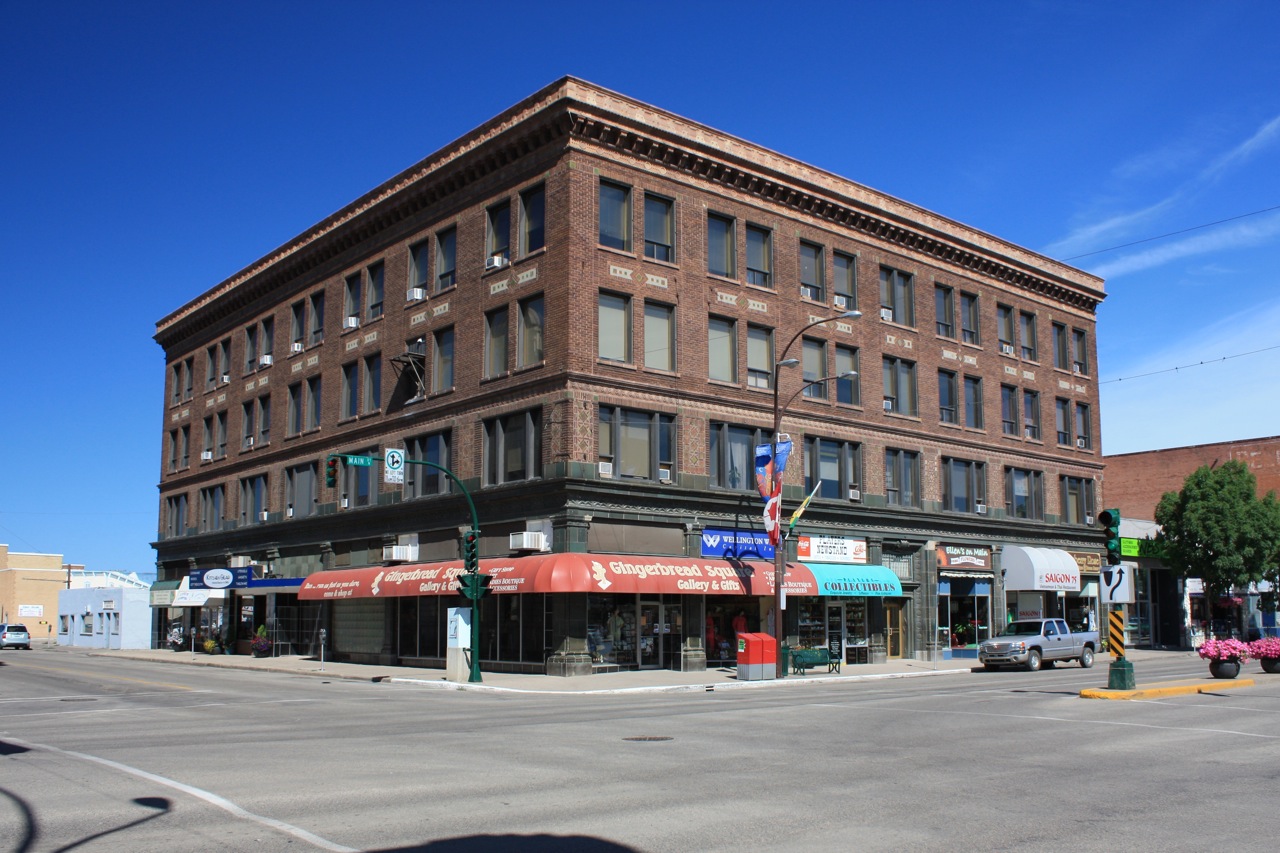|
Hivernants
Hivernants was used during the North American fur trade to describe Métis who spent the winter months hunting and trapping on the Canadian prairies where they built small temporary villages. The word is French for "winterer". "Hiverner" the verb means to overwinter. The hivernants were active in hunting buffalo (bison) during the cold-weather season (mid-November to mid-March) when the bison's hair was thick enough for the production of buffalo robes. This was as opposed to the summer hunt, which was primarily aimed at harvesting meat. Hivernant was also applied to a fur trade employee who wintered in the wilderness (usually at a trading post). Hivernant may also refer to a vacationer who spends the winter months at a resort or vacation center in a warmer climate. During the nineteenth and twentieth centuries many of the seasonal visitors to the French Riviera were referred to as hivernants. With the ability to vacation abroad (or domestically if they were French) for mont ... [...More Info...] [...Related Items...] OR: [Wikipedia] [Google] [Baidu] |
Southbranch Settlement
Southbranch Settlement (french: Communautés métisses de la rivière Saskatchewan Sud) was the name ascribed to a series of French Métis settlements on the Canadian prairies in the 19th Century, in what is today the province of Saskatchewan. Métis settlers began making homes here in the 1860s and 1870s, many of them fleeing economic and social dislocation from Red River, Manitoba. The settlements became the centre of Métis resistance during the North-West Rebellion when in March 1885, Louis Riel, Gabriel Dumont, Honoré Jackson, and others set up the Provisional Government of Saskatchewan with their headquarters at Batoche. History The Settlements stretched along both sides of the South Saskatchewan River in river lot style from Fish Creek north through Batoche and St. Laurent to St. Louis which was its northern boundary. They included Duck Lake 12 kilometers from St. Laurent accessed by the St. Laurent Ferry. The distance from Fish Creek to St. Louis was less than ... [...More Info...] [...Related Items...] OR: [Wikipedia] [Google] [Baidu] |
Block Settlements
A block settlement (or bloc settlement) is a particular type of land distribution which allows settlers with the same ethnicity to form small colonies. This settlement type was used throughout western Canada between the late 19th and early 20th centuries. Some were planned and others were spontaneously created by the settlers themselves. As a legacy of the block settlements, the three Prairie Provinces have several regions where ancestries other than British are the largest, unlike the norm in surrounding regions. The policy of planned blocks was pursued primarily by Clifford Sifton during his time as Interior Minister of Canada. It was essentially a compromise position. Some politicians wanted all ethnic groups to be scattered evenly though the new lands to ensure they would quickly assimilate to Anglo-Canadian culture, while others did not want to live near "foreign" immigrants (as opposed to British immigrants who were not considered foreign) and demanded that they be segrega ... [...More Info...] [...Related Items...] OR: [Wikipedia] [Google] [Baidu] |
Wood Mountain 1875
Wood is a porous and fibrous structural tissue found in the stems and roots of trees and other woody plants. It is an organic materiala natural composite of cellulose fibers that are strong in tension and embedded in a matrix of lignin that resists compression. Wood is sometimes defined as only the secondary xylem in the stems of trees, or it is defined more broadly to include the same type of tissue elsewhere such as in the roots of trees or shrubs. In a living tree it performs a support function, enabling woody plants to grow large or to stand up by themselves. It also conveys water and nutrients between the leaves, other growing tissues, and the roots. Wood may also refer to other plant materials with comparable properties, and to material engineered from wood, or woodchips or fiber. Wood has been used for thousands of years for fuel, as a construction material, for making tools and weapons, furniture and paper. More recently it emerged as a feedstock for the production ... [...More Info...] [...Related Items...] OR: [Wikipedia] [Google] [Baidu] |
Métis Culture
The Métis ( ; Canadian ) are Indigenous peoples of the Americas, Indigenous peoples who inhabit Canada's three Canadian Prairies, Prairie Provinces, as well as parts of British Columbia, the Northwest Territories, and the Northern United States. They have a shared history and culture which derives from specific mixed European (primarily French) and Indigenous peoples of the Americas, Indigenous ancestry which became a distinct culture through ethnogenesis by the mid-18th century, during the early years of the North American fur trade. In Canada, the Métis, with a population of 624,220 as of 2021, are one of three major groups of Indigenous peoples in Canada, Indigenous peoples that were legally recognized in the Constitution Act of 1982, the other two groups being the First Nations in Canada, First Nations and Inuit. Smaller communities who self-identify as Métis exist in Canada and the United States, such as the Little Shell Tribe of Chippewa Indians of Montana. The United ... [...More Info...] [...Related Items...] OR: [Wikipedia] [Google] [Baidu] |
Métis Buffalo Hunt
The Métis ( ; Canadian ) are Indigenous peoples who inhabit Canada's three Prairie Provinces, as well as parts of British Columbia, the Northwest Territories, and the Northern United States. They have a shared history and culture which derives from specific mixed European (primarily French) and Indigenous ancestry which became a distinct culture through ethnogenesis by the mid-18th century, during the early years of the North American fur trade. In Canada, the Métis, with a population of 624,220 as of 2021, are one of three major groups of Indigenous peoples that were legally recognized in the Constitution Act of 1982, the other two groups being the First Nations and Inuit. Smaller communities who self-identify as Métis exist in Canada and the United States, such as the Little Shell Tribe of Chippewa Indians of Montana. The United States recognizes the Little Shell Tribe as an Ojibwe Native American tribe. Alberta is the only Canadian province with a recognized Métis Nati ... [...More Info...] [...Related Items...] OR: [Wikipedia] [Google] [Baidu] |
Buffalo Coat
A buffalo coat is a heavy winter garment made from the bison, which also commonly known as the "buffalo" (though not closely related to African or Asian buffaloes). In North America they descended from the simpler, sleeveless buffalo robes worn by the Indigenous peoples of North America prior to their partial replacement by capotes made of point blankets during the North American fur trade. Similar garments were also used across Eurasia prior to the gradual displacement and near-extinction of the European bison or wisent. Commercially produced coats with sleeves and buttons became popular with non-indigenous people during the early settlement period of the American West and the Canadian prairies. Their use mostly ended because of a rising conservationist movement intended to preserve the bison, which had been hunted to near-extinction in North America as well. Buffalo coats were issued to police and military officers, particularly the Royal Canadian Mounted Police and the U ... [...More Info...] [...Related Items...] OR: [Wikipedia] [Google] [Baidu] |
Lac Ste
Lac is the resinous secretion of a number of species of lac insects, of which the most commonly cultivated is ''Kerria lacca''. Cultivation begins when a farmer gets a stick that contains eggs ready to hatch and ties it to the tree to be infested. Thousands of lac insects colonize the branches of the host trees and secrete the resinous pigment. The coated branches of the host trees are cut and harvested as sticklac. The harvested sticklac is crushed and sieved to remove impurities. The sieved material is then repeatedly washed to remove insect parts and other material. The resulting product is known as seedlac. The prefix ''seed'' refers to its pellet shape. Seedlac, which still contains 3–5% impurity, is processed into shellac by heat treatment or solvent extraction. The leading producer of lac is Jharkhand, followed by the Chhattisgarh, West Bengal, and Maharashtra states of India. Lac production is also found in Bangladesh, Myanmar, Thailand, Laos, Vietnam, parts of C ... [...More Info...] [...Related Items...] OR: [Wikipedia] [Google] [Baidu] |
Lac La Biche, Alberta
Lac La Biche ( ) is a hamlet in Lac La Biche County within northeast Alberta, Canada. It is located approximately northeast of the provincial capital of Edmonton. Previously incorporated as a town, Lac La Biche amalgamated with Lakeland County to form Lac La Biche County on August 1, 2007. Etymology The indigenous peoples of the area referred to the lake as Elk Lake ( Nêhiyawêwin: ''wâwâskesiwisâkahikan'', Dënesųłiné: ''tzalith tway''). The earliest Europeans translated this name into English as "Red Deer Lake" and in French as "Lac la biche" ("Lake of the doe"). Over time, the French name came to be used in English as well. History Historic voyageur highway Lac La Biche was on the historical voyageur route that linked the Athabaskan region to Hudson Bay. David Thompson and George Simpson used the fur trade route via the Beaver River from the main Methye Portage route that reached the Athabasca River. Thompson was the first known European to record his soj ... [...More Info...] [...Related Items...] OR: [Wikipedia] [Google] [Baidu] |
Lebret, Saskatchewan
Lebret ( 2016 population: ) is a village in the Canadian province of Saskatchewan within the Rural Municipality of North Qu'Appelle No. 187 and Census Division No. 6. The village is situated on Mission Lake of the Fishing Lakes in the Qu'Appelle Valley. Lebret is located along Highway 56, about northeast of the City of Regina. The village was named after "the parish priest, Father Louis Lebret, who became the first postmaster of the community and, although he only held the position for a little more than six months, the office was named Lebret and the name became that of the community."http://esask.uregina.ca/entry/lebret.html David McLennan, "Lebret" in ''The Encyclopedia of Saskatchewan''. Viewed 14 October 2012. History The site of Lebret first came to non-First Nations attention in 1814 when Abbé Provencher visited. A further such visit occurred when Abbé Picard from Pembina arrived in 1841 and wintered with John McDonald, previously of the North-West Company. " ... [...More Info...] [...Related Items...] OR: [Wikipedia] [Google] [Baidu] |
Willow Bunch, Saskatchewan
Willow Bunch is a town in Saskatchewan, Canada. It is located southwest of the provincial capital of Regina. The population was 286 at the 2011 census. Previous names for Willow Bunch include ''Hart-Rouge'' and ''Talle-de-Saules''. The area has seen influences from Métis and Fransaskois. History The Métis of Willow Bunch Around 1824, the Métis began to move towards Southern Saskatchewan: "As they ventured farther out, they began to set up winter camps and stay year-round. One of the first settlements was at Wood Mountain, which was settled in about 1868-69. But in 1879, fires forced the Métis to move to the eastern slope of the hills to a place known as 'Talle de Saule.'" The Métis settlement in Willow Bunch is one of the first in Saskatchewan. They initially arrived in groups consisting of large extended families; no one journeyed individually. As a result of travelling between communities regularly, the Métis began to intermingle, creating relationships with the di ... [...More Info...] [...Related Items...] OR: [Wikipedia] [Google] [Baidu] |
Moose Jaw
Moose Jaw is the fourth largest city in Saskatchewan, Canada. Lying on the Moose Jaw River in the south-central part of the province, it is situated on the Trans-Canada Highway, west of Regina. Residents of Moose Jaw are known as Moose Javians. The city is surrounded by the Rural Municipality of Moose Jaw No. 161. Moose Jaw is an industrial centre and important railway junction for the area's agricultural produce. CFB Moose Jaw is a NATO flight training school, and is home to the Snowbirds, Canada's military aerobatic air show flight demonstration team. Moose Jaw also has a casino and geothermal spa. History Cree and Assiniboine people used the Moose Jaw area as a winter encampment. The Missouri Coteau sheltered the valley and gave it warm breezes. The narrow river crossing and abundance of water and game made it a good location for settlement. Traditional native fur traders and Métis buffalo hunters created the first permanent settlement at a place called "the turn", at p ... [...More Info...] [...Related Items...] OR: [Wikipedia] [Google] [Baidu] |
Manitoba
Manitoba ( ) is a Provinces and territories of Canada, province of Canada at the Centre of Canada, longitudinal centre of the country. It is Canada's Population of Canada by province and territory, fifth-most populous province, with a population of 1,342,153 as of 2021, of widely varied landscape, from arctic tundra and the Hudson Bay coastline in the Northern Region, Manitoba, north to dense Boreal forest of Canada, boreal forest, large freshwater List of lakes of Manitoba, lakes, and prairie grassland in the central and Southern Manitoba, southern regions. Indigenous peoples in Canada, Indigenous peoples have inhabited what is now Manitoba for thousands of years. In the early 17th century, British and French North American fur trade, fur traders began arriving in the area and establishing settlements. The Kingdom of England secured control of the region in 1673 and created a territory named Rupert's Land, which was placed under the administration of the Hudson's Bay Company. Rupe ... [...More Info...] [...Related Items...] OR: [Wikipedia] [Google] [Baidu] |









